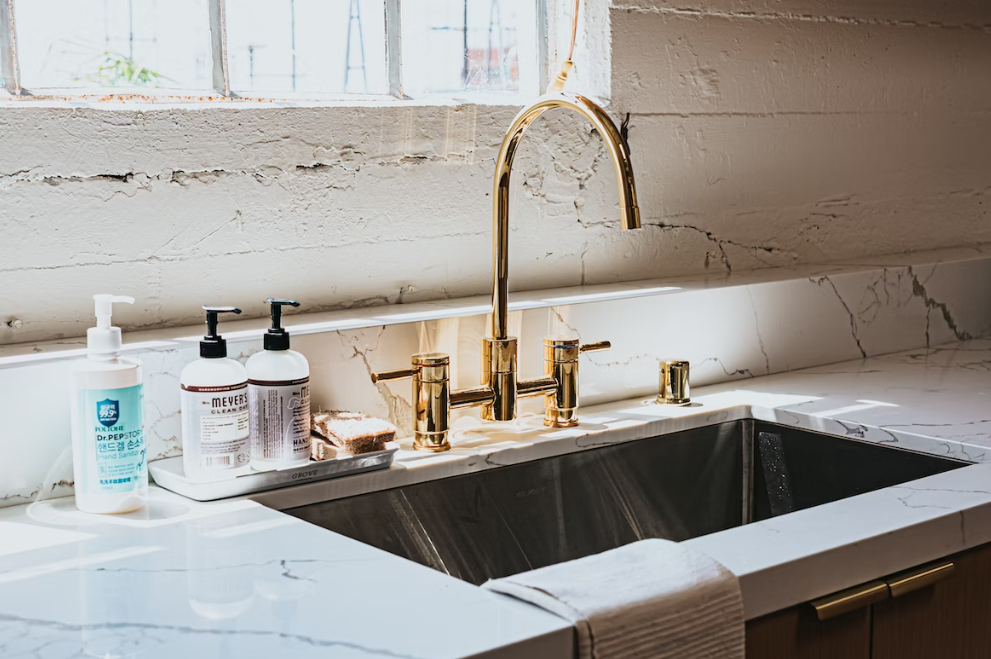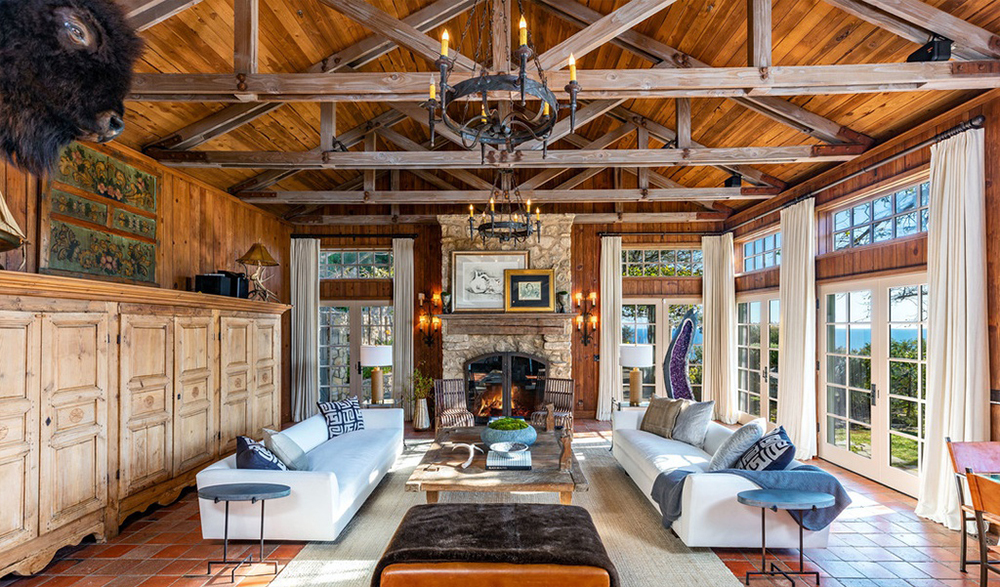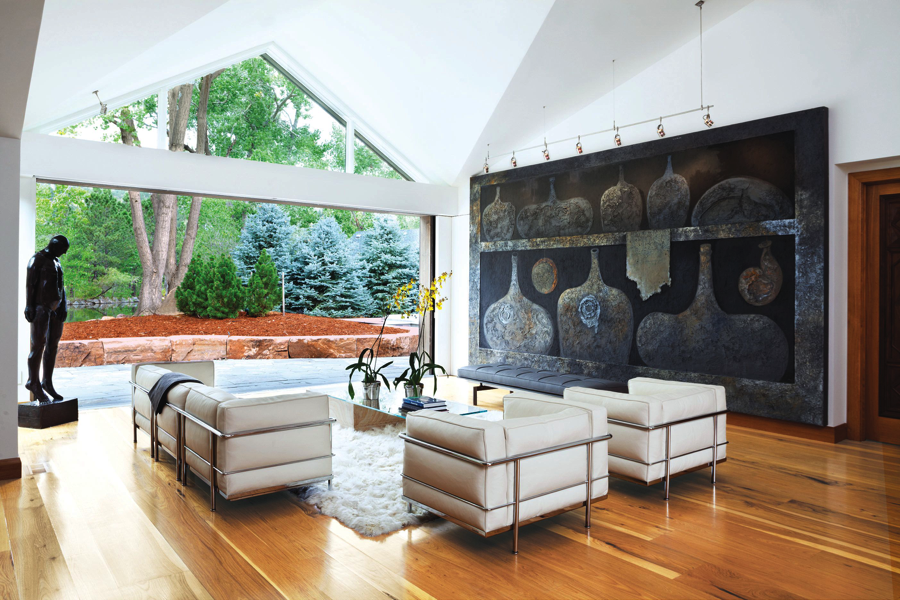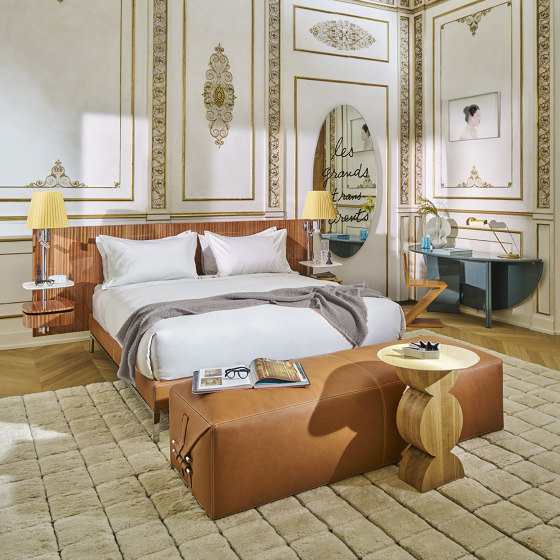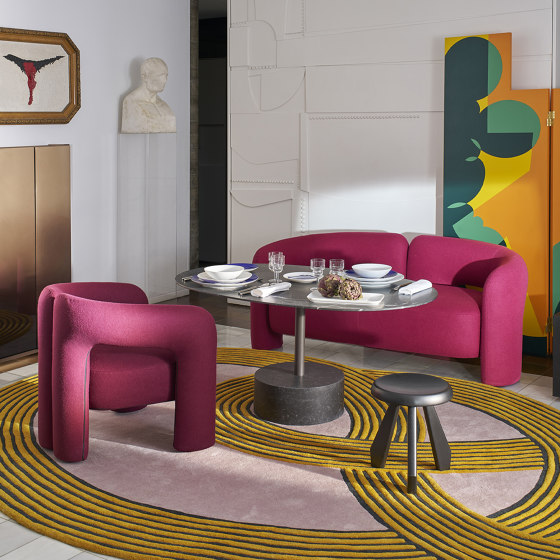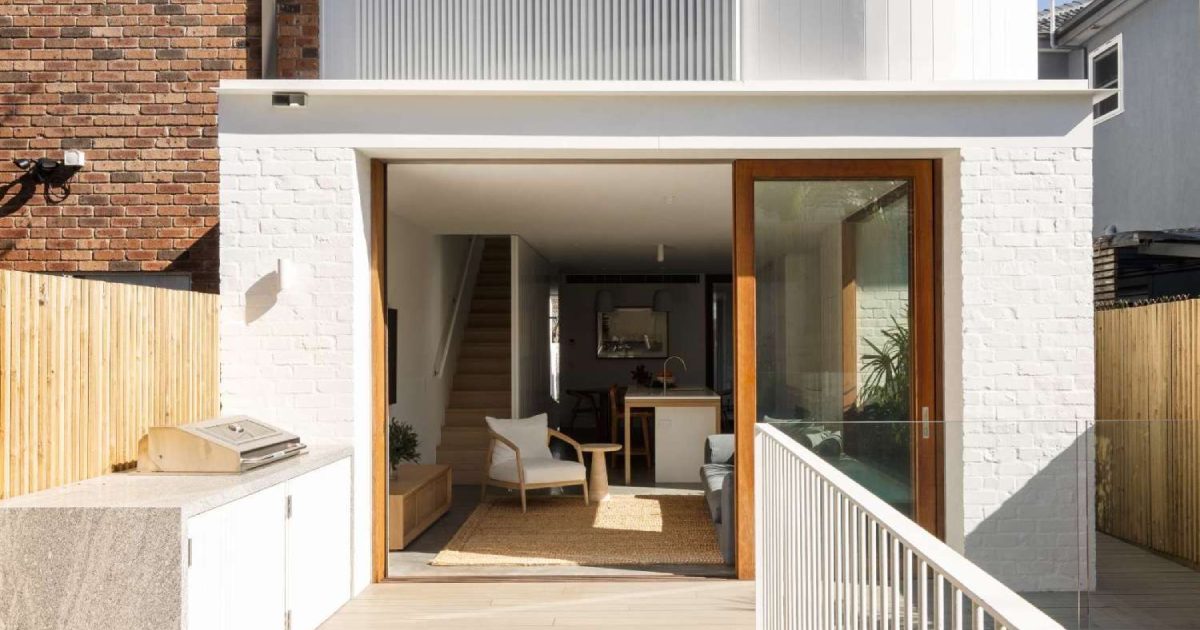Want to thrive rather than just survive? Retail panel says to embrace change
Retailers at a High Point Market panel discussed the importance of making tough changes to take businesses from just survival mode to thriving.

HIGH POINT—Now, more than ever, home furnishings retailers are having to adapt and change to keep their businesses thriving, said a group of independent store owners during a panel in the Odette showroom moderated by Home Accents Today Editor Allison Zisko.
“I do embrace it (change) exuberantly,” said Teddie Garrigan, who with her daughter, Courtney, operates the Coco & Dash retail store in Dallas, as well as a design studio and wholesale showroom. “It’s so important to your business. If you stagnate, you’re in trouble.”
Garrigan recalled how rising rents for their store in Dallas, along with changes in the neighborhood—more big box stores and fewer boutique retailers—pushed them into the wholesale market as means to diversify. Within a matter of a week, the duo signed a lease at the Dallas Market Center, offering products across a wide range of home accent categories.

“We knew we couldn’t sustain retail in the city,” said Courtney Garrigan. “We kept trying to think of ways to stay in the industry.” Putting themselves in front of designers seemed like the best approach. “We are for the trade,” she said. “We don’t have a furniture line — yet. But it is in the works.”
Hurricane Katrina served as the catalyst for Penny Francis, owner of Eclectic Home in New Orleans, to make the leap into ownership after five years leasing a small space for her store. While bars and gambling were making a comeback after the hurricane, retail still struggled, said Francis.
The owner of a former feed store had a much larger space available for sale and, liking the neighborhood and the 7,000-square-foot size, Francis said, “I made a ridiculous offer and he took it. It was so spontaneous,” she said, adding, “You have to get comfortable with being uncomfortable.”
Karen Wolf, owner of k+co LIVING in New Jersey, said unlike her cohorts who jumped into new ventures or larger spaces, her approach was to add retail two years ago as a brand extension for her design business. “I’m extremely cautious; I’ve grown with tenacity and perseverance.”
Opening a retail store, said Wolf, “has to be based on need. Your difference must support the market,” she said, which in her case is a more sophisticated take on coastal living.
Francis agreed that for designers who want to branch out into retail, a unique point of view is critical. “You need to set yourself apart,” she said.
She also warned that customers will sometimes use the store as showroom to find products they like and then buy them for less online. One way around that, she said, is to offer a unique assortment and to “create a need for what you do.”
There are instances, the retailers noted, when going beyond the home category works—and times when it doesn’t. Courtney Garrigan said Coco & Dash found more success with jewelry then it did with fancy handbags.
“You have to accept that things won’t work,” said Teddie Garrigan. “You have to stay within your personality. An important part about being a retailer is putting things out there that represent you.”
Wolf has expanded beyond home into jewelry, handbags and apparel, which account for about 25% of her business.
The group cautioned against getting caught up in a sales mentality, which can condition customers to shop only when there are discounts.
One way to keep merchandise and make it seem fresh is to rearrange and remerchandise, said Francis. Another is to move products without discounting is to donate them to an auction or charitable cause. “Build a relationship with a charity,” she said. “They, in turn, help build your brand.”
“We’ve had some pieces for over a decade,” said Courtney Garrigan. “If it’s a fabulous piece, someone will come and buy at full price.”
Although Wolf has matched other nearby retailers on occasion with 50% off sales, she will put home pieces into storage when that category isn’t selling as well and bring them out later. She’s also found success with combing her inventory for products that were discontinued by a manufacturer and now are sought after by shoppers.
Asked by an audience member about pricing, Teddie Garrigan said while it differs by the market you’re in, the general markup is 2.6 times to 3 times. Coco & Dash does a flat fee for design and doesn’t offer discounts to designers, she said, noting the price charged includes their own expenses such as procurement.
Francis said she doesn’t try to compete on price with online retailers. “I’ve invested in brick and mortar and in my city,” she said. Online may be less expensive, but they can’t match experience and service. She encouraged retailers to focus on “experience and loyalty. Things like that make you special.”
All of the panelists supported the idea of offering events in their stores to create traffic and excitement. For Francis, whose store just celebrated its 25th anniversary, she invited local artists to her event. She also went “old school,” she said, and created brochures that she offers to local Realtors to share with their clientele. “It doesn’t have to cost a lot,” she explained.
Coco & Dash has presented book signings and other educational events along with a breakfast for sales reps to thank them for their efforts. “Your rep can be your most valuable asset in retail or design,” Teddie Garrigan said.
“I love events,” said Wolf, who has offered everything from wreath making and a charm bar to cheese tastings and color workshops. She has also tapped into clients to see if they want to do a class or seminar in her store in Beach Haven, N.J., or her design studio in Short Hills.
See also:
What's Your Reaction?








